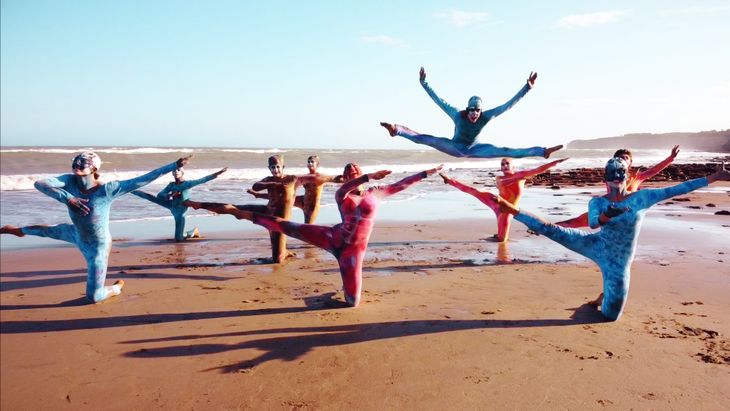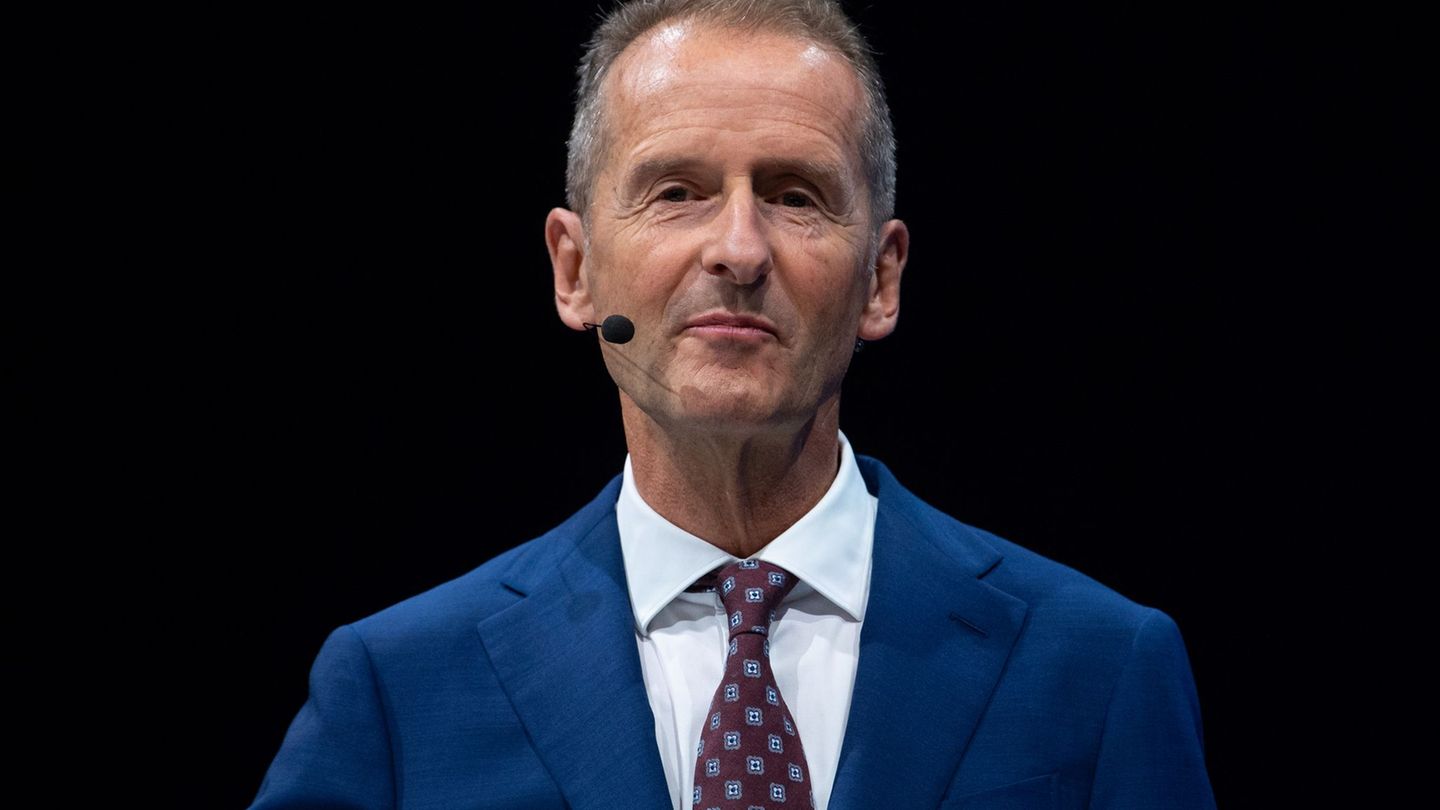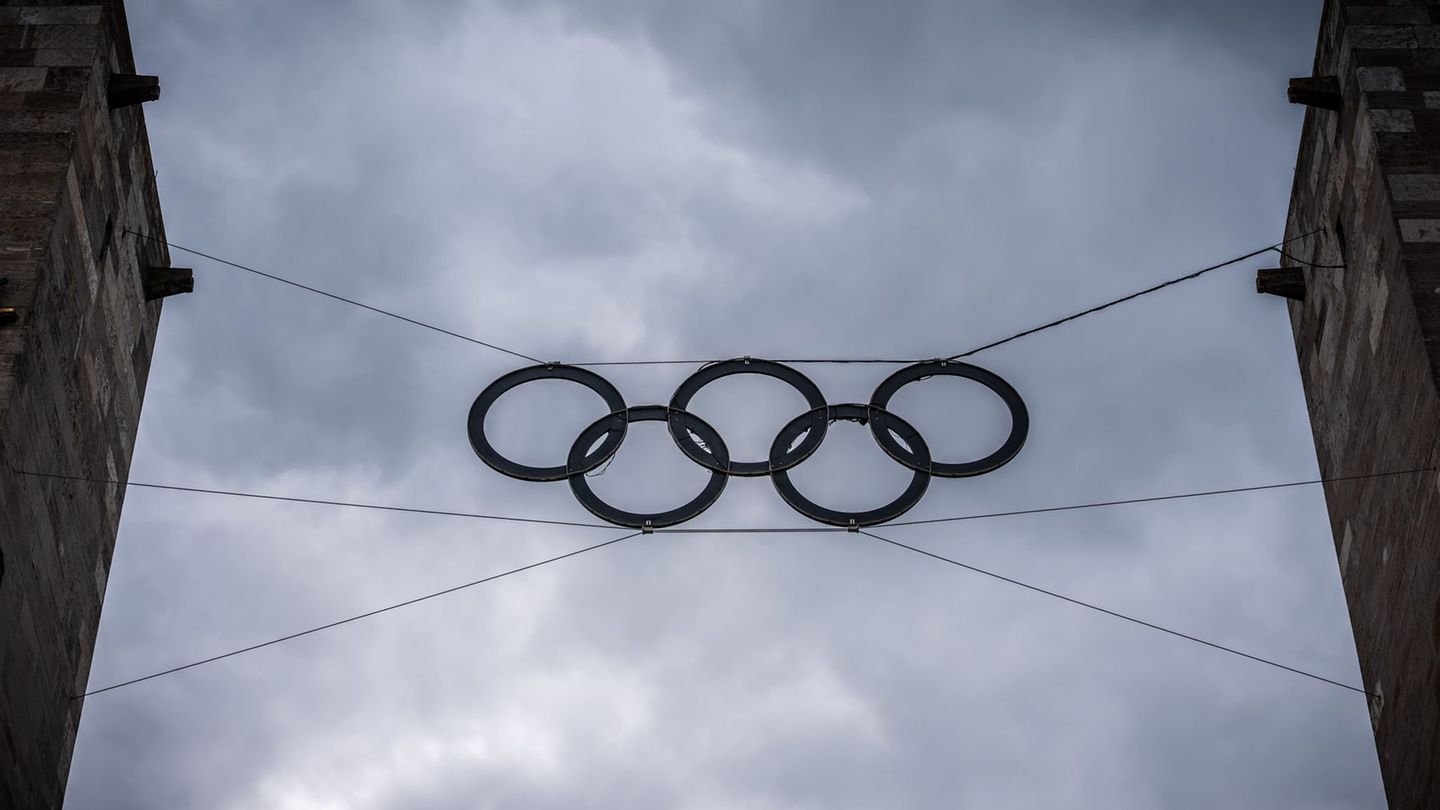Cumba has created shows such as, among others, “The human being, a universe”, “Be yourself”, “Addictions” and “Iconic”in addition to the aforementioned “Not one less”. His training recognizes teachers such as Tricia Miranda, Yanis Marshall, Tight Eyex, and Matt Steffanina; she mentions two in particular: “Shaun Evaristo, creator and director of the Movement Lifestyle studio in Los Angeles, and Gaby Pardo, who is now living in Spain, and who was a pioneer of urban dance in Argentina”. Cumba He has also been an international judge and has given seminars in more than 40 studios in Chile, Ecuador, Panama, Colombia and Peru. In 2018 he received the “BuildaBeast Convention” scholarship in Los Angeles.
This is part of the extensive dialogue we had with her:
Journalist: What exactly is catharsis dance?
Agus Cumba: It is about transmitting a story through dance: it can be a story as such, a sensation, an element, always in high-impact performances, mixing dance, acting and acrobatics. I am recording this style of dance to teach it not only in Argentina but also abroad. In Buenos Aires I opened a beautiful space at the Lito Cruz Cultural Center. There I dedicate myself to training and polishing professional dancers, and highlighting their interpretation through movement. It is a new tool, a new form of expression through the body.
Q: Is it artistic and therapeutic? The word “catharsis” comes from Greek tragedy, but it was widely used in psychoanalysis.
AC: That’s right. I use therapeutic elements in my classes to help the artist, already a professional as I said before, to develop a technique previously acquired.
Q: What other projects are you developing?
AC: I am finishing a new show that will have all the choreographies that I presented in Argentina Got Talent last year, on Telefé. Out of 100,000 participants, we were among the top four in the entire country. And those choreographies were done with the language of cathartic dance: they dealt with sensitive issues such as drugs, bullying, personal safety. That strong emotional reaction in the public prompted me to develop this next show, in which I will tell a true story, about things that we go through every day, transformed in a positive way through art. Cathartic dance, as I could see from the public’s reaction, can be transmitted not only technically, but also massively through shows.
Q: Last year’s Got Talent was a big boost.
AC: A lot. The choreographies I presented there were the most viewed of the entire program through viralization on social networks. They reached and continue to reach millions of people. And this show, which is now definitely based on this own style, will be followed by others, that is my goal. I am also designing something that will have a lot of repercussions, but for the moment I cannot provide further details. Only that it is about the choreographies for a miniseries that will be broadcast by a platform, about a very popular character. We will talk about it when it is possible.
1ST PHOTO 2.jpg
“My choreographies for Got Talent were the most viewed of the entire program through viralization on social networks. They reached millions of people. And this show was definitely based on this unique style.”
Dance and narrative
Q: Is the traditional opposition between “art for art’s sake” and “art with a message” sustainable today?
AC: I do not agree with such opposition. It all depends on the work that I am working on at a given moment, the one that attracts me the most, although the narrative behind the movement is always fundamental to me. Of course, sometimes I make commissioned works that are not tied to a message.
Q: How do you generate an idea, a concept for a new work?
AC: Luckily, I was able to travel a lot in Europe and the United States, and it was on those trips that the best ideas came to me. Inspiration, whether for a work of pure form or content, usually appears in the most relaxed or the most tense moments. So, sometimes the form comes to me first, and once the form is set, the narrative can appear. This has happened to me many times, creating the choreographic composition, with technical elements, with acrobatics, with movement, and in the end I begin to work on what would be the why, the reason for that step, the justification for that movement. For example, in “The Human Being, a Universe,” I wanted to convey what relationship we have with the four elements of nature.
Q: How much choreographic production do you produce each year?
AC: I learned that less is more. I prefer to create a few works a year, but put everything into them.
2ND PHOTO 1.jpg

“Creativity is essential when creating a new production. Producing things that are different from what is seen everywhere, exciting the audience.”
Facing the algorithm
Q: Does the performance enhance pre-existing music, from classical to rock, to use two examples?
AC: Absolutely. In any case, I prefer to produce my own music for the choreographies I do. I create a narrative script, narrated by me, I record the voice-overs, and I put the dancers, the acrobats, the actors, with sets and costumes. In a word, I make a live film, with movement. And I emphasize the fundamental thing: to move the spectator, not to give them obscure and incomprehensible things. I am always clear: in a theater there can be people from different places, thoughts, sensibilities, ideologies. There are different styles of art, of course, but I have never been interested in ambiguity, in making the audience guess. Generally, I also include things from my personal history, in movement, and that can produce identification in the audience.
Q: Catharsis…
AC: Exactly! And to tell my perspective of what we experience every day. For example, bullying, which I dealt with in one of the choreographies of Got Talent, which was one of the most viewed in the country. Millions of views on social networks. There, being oneself is defended, ignoring what others think, because they will always criticize you, no matter what you do. The subject of “haters,” unfortunately so fashionable today, is present in my works. So, of those poles we were talking about before, I defend the one of art with content. A dancer can be spectacular technically and leave the audience cold if he does not transmit something. The world today is run by emotions, and if I manage to make people leave a show of mine happy, I am satisfied.
Q: What is most needed to achieve such a good performance?
AC: Creativity. Producing things that are different from what you see everywhere, on television, in theaters. I also like to mix genres, not limiting myself to choreography that only has contemporary but also Afro, jazz, urban… That is captivating. Giving something new to the audience.
Q: The problem for creators today is the “algorithm”: the public wants this thing and you have to give it that thing to satisfy it and get profits, and that limits creation or, as they said in the 60s, the coming to power of the imagination. I suppose that dance is not as subject to that algorithm as, for example, a series for a platform.
AC: All arts are victims of this massification, of fashion. But you have to stay different. With this new performance language that I am spreading, even though it deviates from what is usually done, the people who see it stay. You have to be original, different and creative, because at some point the public will get tired of always seeing the same thing. For example, reggaeton is in fashion in dance right now… the same thing happened with cumbia, which had its moment of furor, but luckily people got fed up. You have to generate high-level content for this public that is tired of always being given the same thing to consume. And everything comes back: in clothing, vintage clothes are being used, for example. In the end, people end up opting for what is creative and original.
Source: Ambito
I am an author and journalist who has worked in the entertainment industry for over a decade. I currently work as a news editor at a major news website, and my focus is on covering the latest trends in entertainment. I also write occasional pieces for other outlets, and have authored two books about the entertainment industry.




